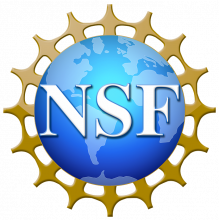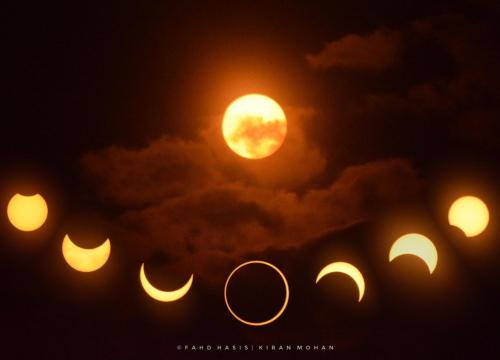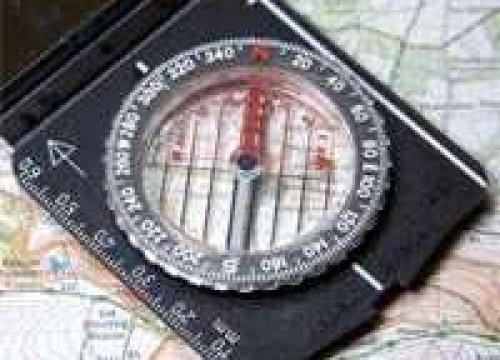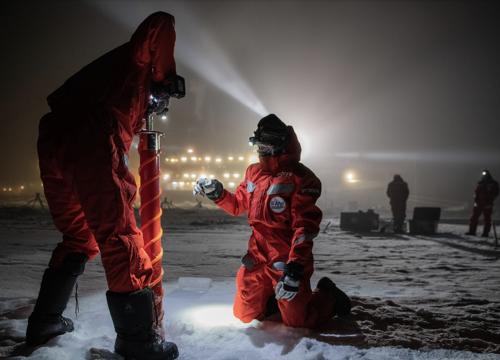This lesson introduces students to the nature of science and how to evaluate evidence to determine whether they are engaging in science or pseudoscience.
Context for Use
This lesson builds an understanding of the nature of science. It can be implemented early in the school year and revisited throughout the year to ensure students develop proficiency in the practices of science. The activities within this lesson may be used individually or taught together to create a lesson.
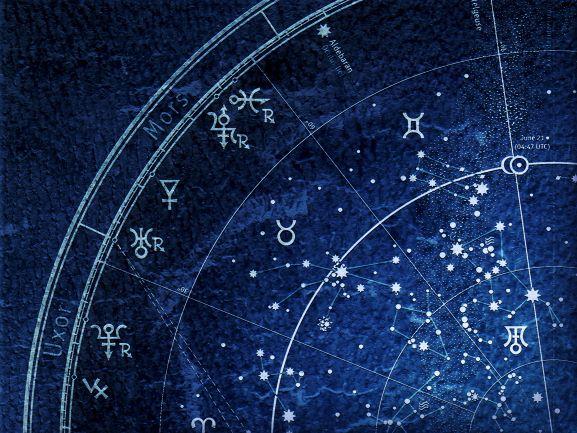
Credit: Shutterstock.com
Goals Header
What Students Will Do
- List the characteristics of science and pseudoscience
- Determine if a practice is science or pseudoscience and provide evidence for this reasoning
Materials
User note: To make an editable copy of the teaching materials in Google Drive, select File > “Make a copy”. This will make a copy for you to save to your own drive and edit as you see fit.
Description
Activity 1 – It’s a fact! But is it Science or Pseudoscience? (20 minutes)
Students sort cards with science and pseudoscience facts demonstrating their understanding of each.
Activity 2 – Dowsing for Water or Dowsing for Nothing? (20 minutes)
Students watch a video and participate in a discussion about dowsing.
Activity 3 - Astrology - Is it based on science or pseudoscience? (20 minutes)
Students will test another subject (astrology) to determine if it is a science or pseudoscience.
Activity 4 – Origins of Pseudoscience (10 minutes)
Wrap-up the lessons with a discussion about the origin of pseudoscience, and how to recognize it.
